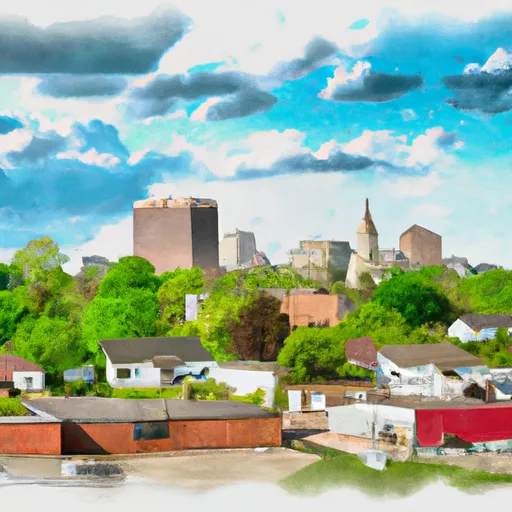°F
°F
mph
Windspeed
%
Humidity











Richmond Heights, Ohio is a charming suburb located in Cuyahoga County, within the Greater Cleveland Metropolitan area. The city experiences a humid continental climate, characterized by warm summers and cold winters. Summers are typically mild to moderately hot, with average temperatures ranging from the high 70s to low 80s °F (high 20s to low 30s °C). Winters are cold and snowy, with temperatures averaging in the mid-20s to low 30s °F (around 0 °C).
Hydrologically, Richmond Heights benefits from its proximity to Lake Erie. The lake influences the local climate, moderating temperatures and increasing precipitation. The community is not directly located on the lake; however, it is just a short drive away, providing residents with opportunities for water-related activities such as boating, fishing, and beachgoing.
Outdoor recreation enthusiasts can explore various parks in and around Richmond Heights. The nearby Forest Hill Park offers nature trails, picnic areas, and a playground. Just a short drive away, the North Chagrin Reservation, part of the Cleveland Metroparks system, offers hiking trails, a nature center, and opportunities for birdwatching and wildlife observation.
In conclusion, Richmond Heights, Ohio offers a diverse climate, influenced by Lake Erie, and provides residents with opportunities for outdoor recreation in nearby parks and natural areas.
Weather Forecast
Richmond-Heights receives approximately 1104mm of rain per year, with humidity levels near 79% and air temperatures averaging around 10°C. Richmond-Heights has a plant hardyness factor of 6, meaning plants and agriculture in this region thrive during a short period during spring and early summer. Most plants will die off during the colder winter months.
Regional Streamflow Levels
8
Cubic Feet Per Second
100
Cubic Feet Per Second
281
Cubic Feet Per Second
16
Cubic Feet Per Second
Nearby Camping
| Camping Area | Reservations | Toilets | Showers |
|---|---|---|---|
| Portage Lakes State Park | |||
| Silver Springs - Stow |



